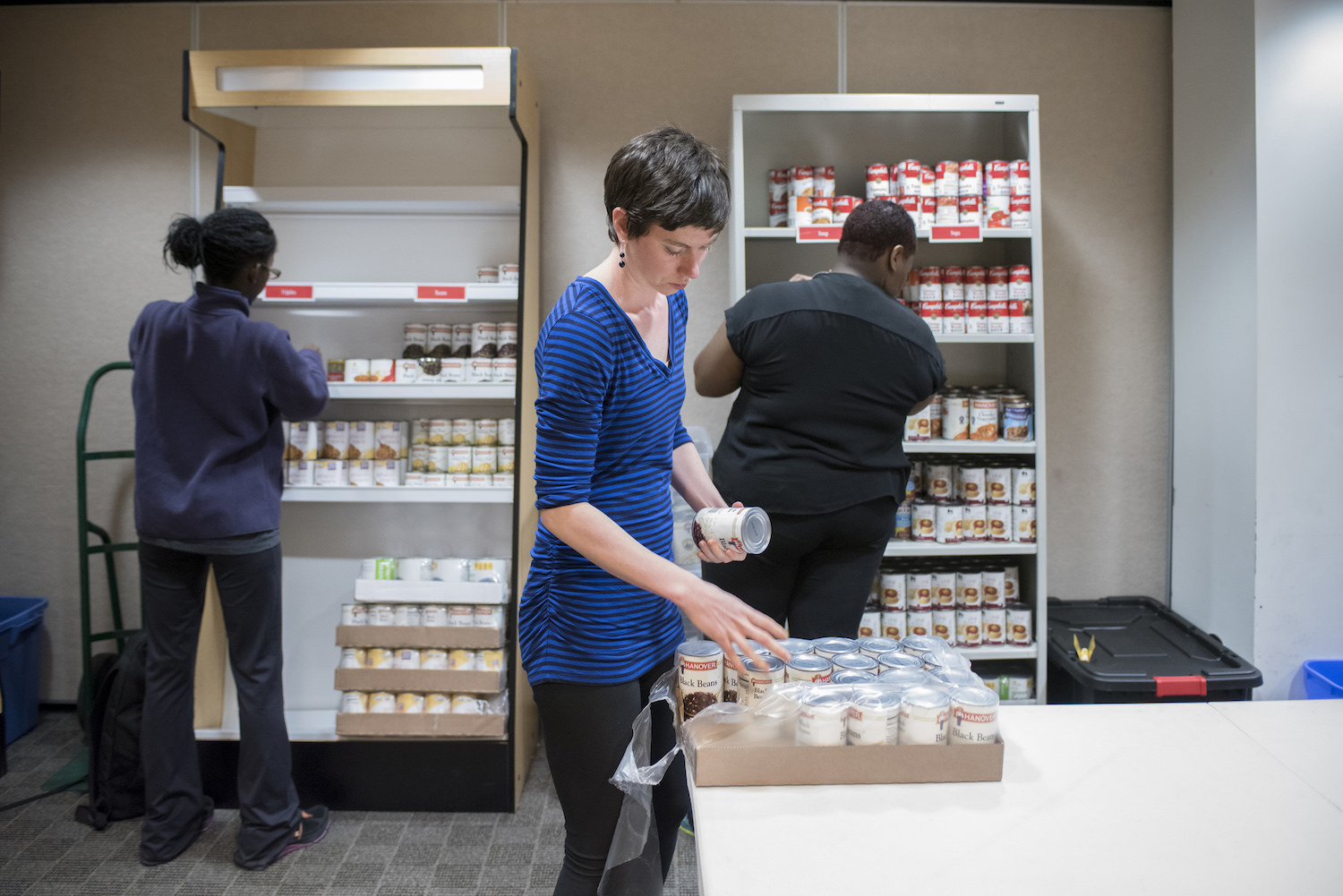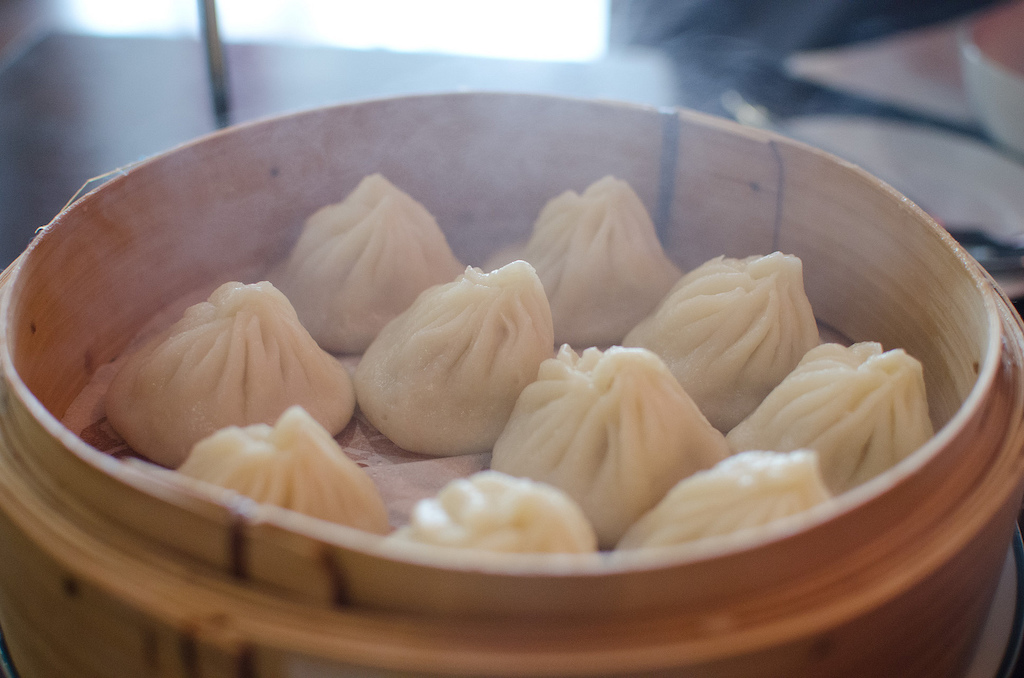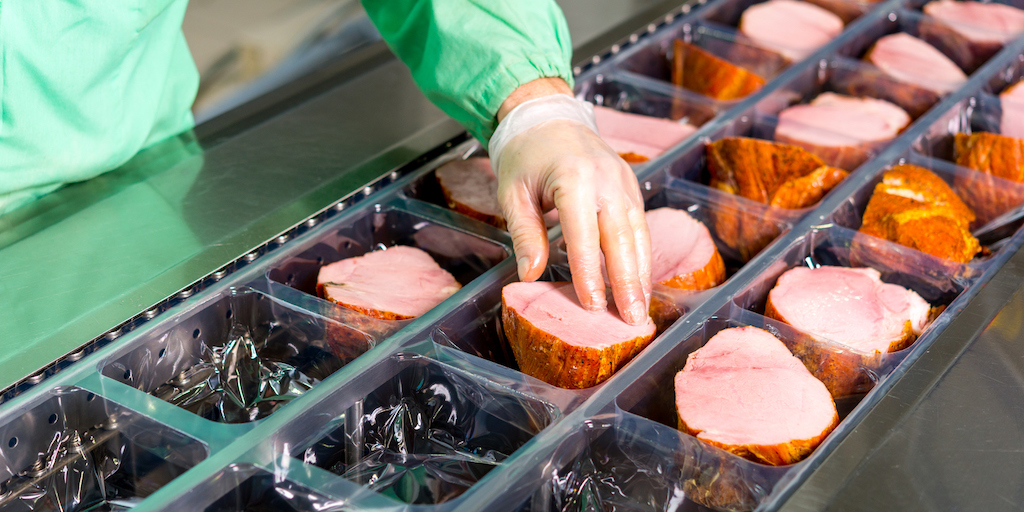This is the web version of a list we publish twice-weekly in our newsletter. It comprises the most noteworthy food stories of the moment, selected by our editors. Get it first here.
Nut-thing to worry about. As allergy rates rise across the country, restaurants are becoming increasingly accommodating of chefs who have dietary restrictions, Tove Danovich reports for Eater. Gone are the days of esteemed restaurants’ steadfast refusal to alter their recipes for any reason. Today, empathy is a key ingredient in many backs-of house, where everyone from the line cooks to the head chefs can be afflicted with, say, a seafood allergy or gluten intolerance. Some chefs can even attest to their allergies having being a source of creativity in their cooking. Allergen-free soup’s on!
The thirst is real. Just when you thought the body-positivity movement might actually convince some folks to abandon chronic dieting, Silicon Valley enters the picture with this idea: You’re not fat, you’ve just got a personal technology problem. The Atlantic reports on a wave of nutrition-tech startups that aren’t branded as diet companies, but that nevertheless center largely around the notion of optimizing the self … so you can then, ultimately … lose weight. Among the offerings? Ketone cocktails, an eat-right-for-your-genes diet and exercise program, Bulletproof coffee, and biomarker-driven nutrition plans. Wait! Don’t forget biohacking your microbiome. “Where bodies might have previously been idealized as personal temples,” Amanda Mull writes, “they’re now just another device to be managed.”
Money for nothing. Due to recent changes in the way that states distribute federal funds to the poor, $5 billion in funds earmarked for anti-poverty efforts were held up and sitting state reserves in 2017; $500 million of it in Ohio. Here’s the terrible irony therein: Ohio is a state, The Washington Post reports, where a perfect storm of new work requirements and stricter time limits for food stamp recipients, dwindling food pantry supplies, and high unemployment (11 percent, compared to just under 4 percent nationwide) makes meeting residents’ needs for basic food and hygiene products a real problem. Robert Samuels follows two people running a pantry in impoverished, rural southeastern Ohio, as they travel the area in search of donations with which to stock their shelves.










